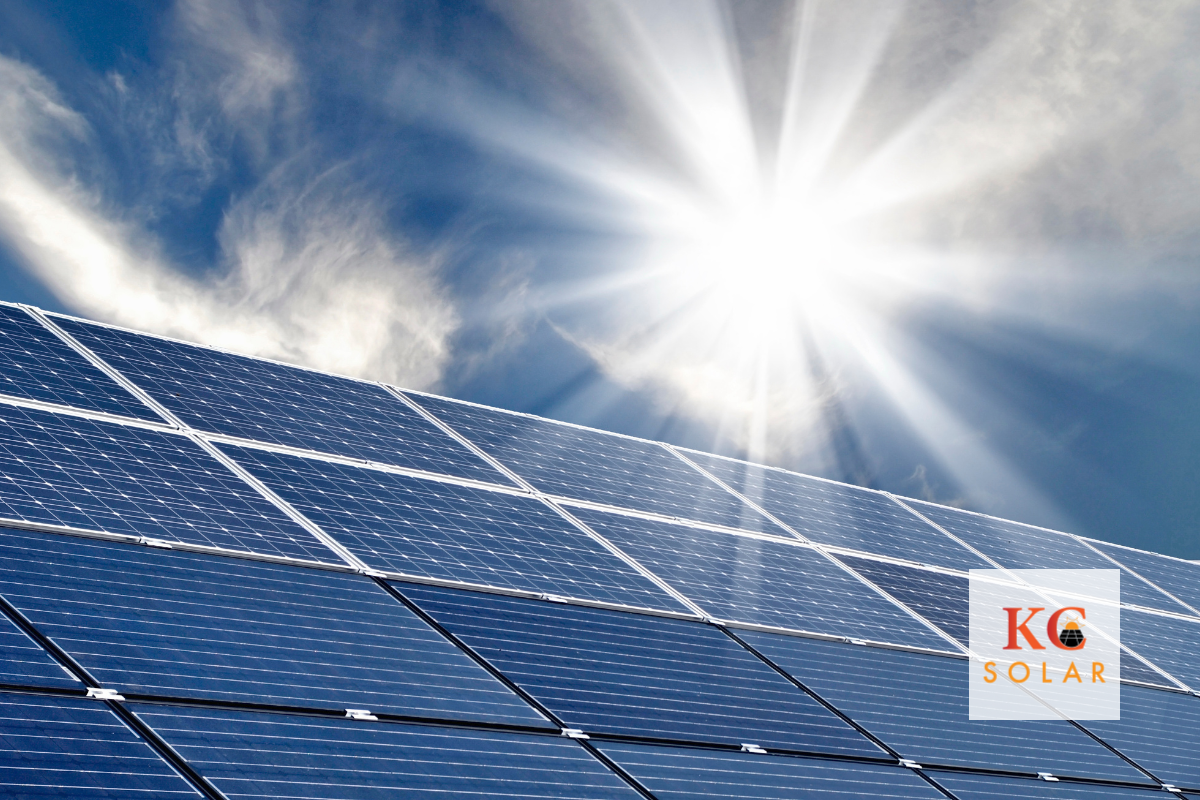You know the benefits of solar power — lower electric bills, energy independence, and environmental friendliness. But if you’re considering making the switch to solar, there’s one more burning question you might want answered: What’s the science behind solar, and how do solar panels actually work?
How do those big, shiny blue or black slabs of metal and glass provide all those benefits for solar panel owners? Whether they’re on your roof or part of an array system on your property, these fantastic shimmering rectangles are only one part of the process that ensures the delivery of electricity to your home.
Understanding the science behind solar panels can give you a clearer picture of how this innovative technology converts sunlight into usable electricity. Keep reading to learn about the mechanisms that make solar panels a powerful and sustainable energy solution.
The Basics of Solar Energy
Solar energy is derived from the sun’s radiation. Every day, the sun emits vast amounts of energy that travel through space and reach the earth. This energy comes in the form of photons, which are particles of light. Solar panels, or photovoltaic (PV) panels, capture these photons and convert them into electricity.
Of course, the concept of harnessing sunlight for our own purposes isn’t new. For centuries, humans have used the sun’s heat for warmth and to grow crops.
And in the mid-20th century, we began to convert sunlight directly into electricity through the development of photovoltaic technology.
Photovoltaic Cells: The Heart of Solar Panels
At the core of every solar panel are photovoltaic cells, commonly made from silicon. Silicon is a semiconductor, which means it has properties of both a conductor and an insulator. This makes it ideal for controlling the flow of electricity.
A photovoltaic cell consists of two layers of silicon: one positively charged (p-type) and one negatively charged (n-type). When sunlight hits the cell, the energy from the photons excites the electrons in the silicon atoms, causing them to move. This movement creates an electric current.
The p-n junction, where the two types of silicon meet, is crucial. It creates an electric field that helps to push the electrons in one direction, forming a flow of electric current. This direct current (DC) can then be converted into alternating current (AC) using an inverter, which is the type of electricity used in most homes and businesses.
How Semiconductors Work
Semiconductors, like silicon, are essential to the function of solar panels. Pure silicon is not an effective conductor of electricity. To improve its efficiency, silicon is “doped” with other elements.
For the n-type layer, phosphorus is often added to provide extra electrons, while the p-type layer may be doped with boron, which creates “holes” where electrons can go.
When these doped silicon layers are exposed to sunlight, the energy from the photons dislodges electrons, allowing them to move freely. The electric field created at the p-n junction pushes these electrons toward metal contacts on the surface of the cell, creating an electric current. This process of converting light into electricity is known as the photovoltaic effect.
And now you know the science behind solar!
Efficiency and Advances in Solar Technology
The efficiency of a solar panel is a measure of how well it converts sunlight into usable electricity. Early solar panels had efficiency rates of less than 10%, but modern panels can exceed 20% efficiency. Research and development continue to push these boundaries, with experimental technologies achieving efficiencies over 40%.
Several factors influence the efficiency of solar panels. These include the quality of the semiconductor material, the design of the cell, and the amount of sunlight that the panel can capture.
Advances in technology have led to the development of new materials, such as perovskites, which promise even higher efficiencies and lower costs.
And innovations like bifacial panels, which capture sunlight on both sides, and tracking systems that follow the sun’s path, can significantly increase the amount of electricity generated by a solar array.
KC Solar: Your Hometown Solar Experts
If you are looking for the best solar company in Kansas City, look no further than KC Solar. They are your local Kansas City solar panel installation experts. Once you schedule a no-pressure site visit, our experts will help you understand what solar system specifications would be best for your home or business.
KC Solar is a local company made up of KC natives with KC pride — in our city, and in our work. Which means we’ll always give you the best of ourselves.
And be sure to download our Free Solar Panel Buying Guide for more information.
We look forward to serving you!






